Just Room Enough Island – The World’s Smallest Inhabited Island
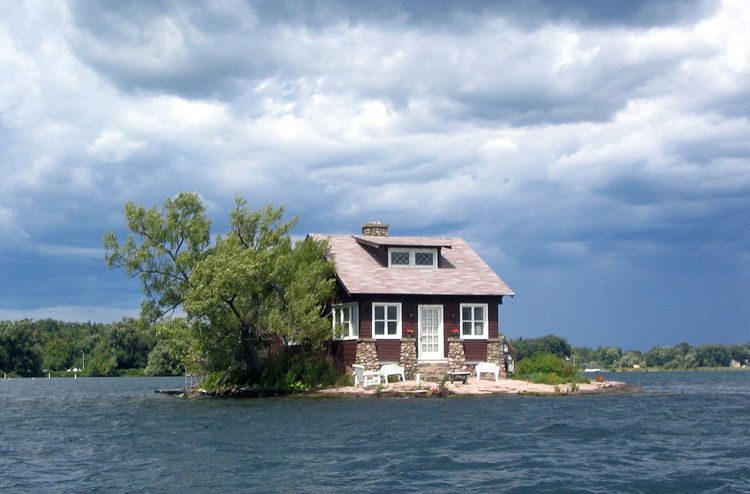
Just Room Enough Island, is an aptly-named private-owned island with literally just enough room for its owners’ house, a couple of trees and a miniature beach with a pair of bench chairs. Part of the Thousand Islands archipelago on the border between the U.S. and Canada, Just Room Enough Island measures about 3,300 square feet […]
Indonesian Restaurant Gives You a Fish Pedicure While You Eat
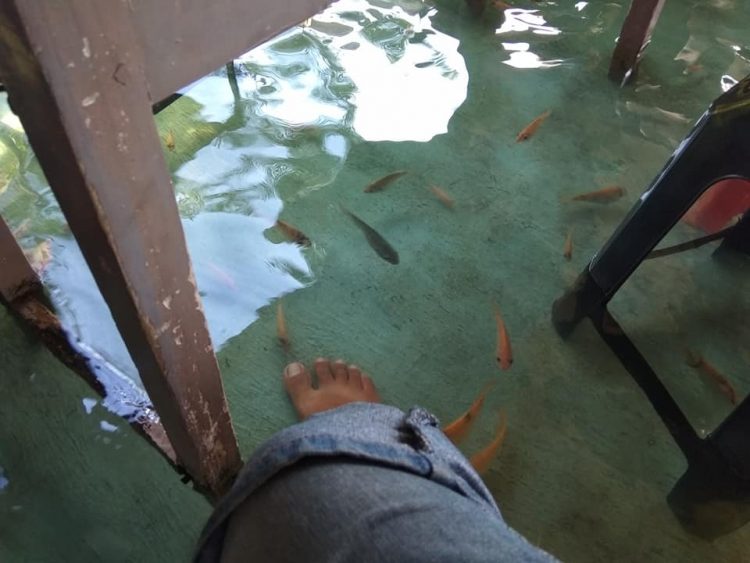
If the idea of having dozens of fish nibbling at your toes while you enjoy some traditional Indonesian cuisine sounds intriguing, you may want to check out this unique restaurant in Indonesia’s cultural capital of Yogyakarta. Located far away from the city center, the Soto Cokro Kembang restaurant originally relied on a relaxing flower garden […]
The Japanese City Where Beautiful Koi Fish Swim in Drain Channels
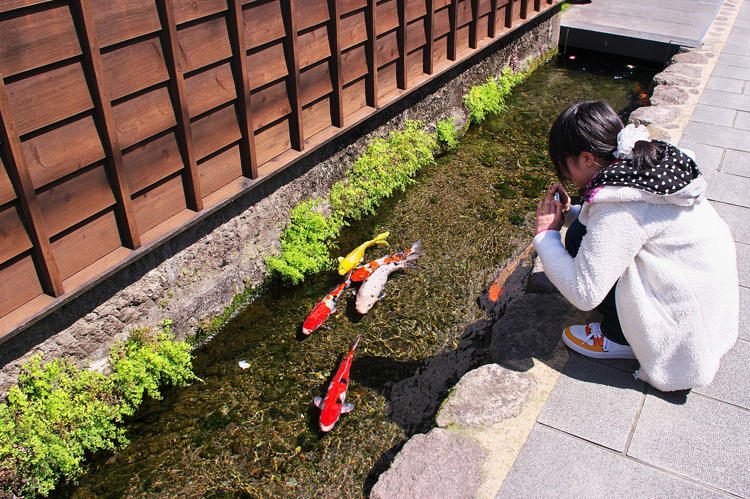
Can you imagine an inhabited city where the water running through the the drain channels is so pure that beautiful koi fish can swim in it? Well, such a place exists on Japan’s Kyushu island. It’s called Shimabara, and it’s quite a sight to behold. When the area around Shimabara was affected by the natural […]
This Famous Tree Log Has Been Floating Vertically for 120 Years And No One Knows Why
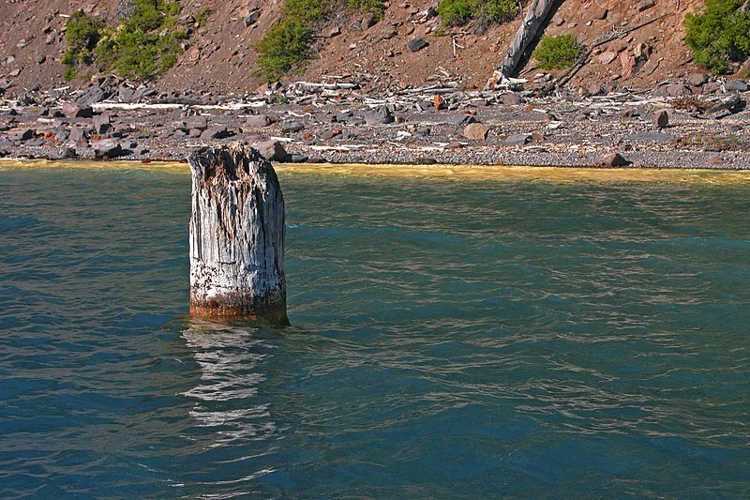
A floating tree stump known as the “Old Man of the Lake” has been bobbing in the blue water of Oregon’s Crater Lake for at least 120 years, baffling scientists with its upright orientation and allegedly even controlling the local weather. The first account of the Old Man of the Lake dates back to 1896, […]
This Whimsical Unicorn Cafe Is Probably the World’s Most Colorful Place

If you’re ever in Bangkok, Thailand, and you;re a fan of unicorns, ponies or just colors in general, there’s a place you simply must visit. It’s called “Unicorn Cafe” and, just like you’d expect, it’s full of plush unicorns, rainbows and lots of other colorful treats. To say Unicorn Cafe is a colorful place would […]
World’s Scariest Haunted House Will Pay You $20,000 If You Can Make It Through a Tour

The owner of McKamey Manor, dubbed by many the world’s most terrifying haunted house, is promising anyone who can survive its scariest tour yet a prize of $20,000. Many haunted houses claim to be the most terrifying, but there’s a general consensus among cheap thrill enthusiasts that McKamey Manor is really the scariest of them […]
Tokyo Bar Only Lets People In if They Come Alone

Nights out on the town are much better when shared with friends or loved ones, but while most bars and clubs around the world welcome groups, one particular Tokyo establishment only welcomes parties of one. Hitori, a small bar in Tokyo’s Shinjuku neighborhood, has a very particular admission system – everyone is welcome as long […]
Italian Town Bans Use of Google Maps After Too Many Tourists Stranded Because of It

Baunei, an idyllic mountain village on the Italian island of Sardinia, has launched an appeal to visitors asking them to stop relying on the directions of Google Maps when driving around the area. Salvatore Corrias, the mayor of Baunei, claims that in the last year alone the local fire service or mountain rescue team have […]
Ukraine Opens Radioactive Chernobyl Reactor Control Room to Tourists
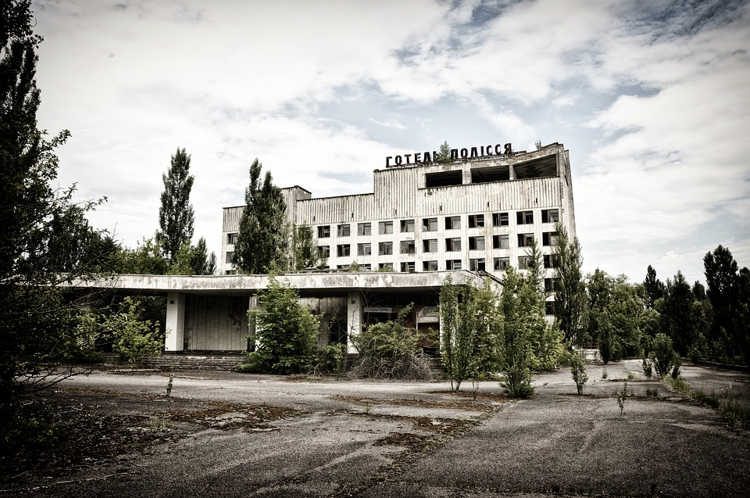
In an effort to boost tourism to turn the Chernobyl disaster zone into a tourist attraction, the Ukrainian government recently decided to open a highly radioactive reactor control room to tourists. The control room of Chernobyl’s reactor four is where Ukrainian engineers turned off the nuclear reactor’s cooling pumps during a safety test in April […]
This Japanese Restaurant Has Been Using the Same Broth for Nearly 65 Years

Otafuku, one of the oldest oden restaurants in japan, has been heating up the same batch of broth every day since 1945, only adding more water to it as it evaporates. It may sound gross to most westerners, but it apparently makes oden stew taste amazing. Oden is a traditional Japanese stew that is simmered […]
Doll’s Head Trail – Probably the World’s Creepiest Hiking Trail

Just outside the city of Atlanta, in Georgia, lies one of the strangest, most disturbing hiking trails in the world – Doll’s Head Trail. Faithful to its name, this 1.5-mile course is lined with creepy doll heads that seem to be following you with their gaze as you walk by. Long before it became home […]
How a Quirky Village Pond in Indonesia Became an Underwater Selfie Hot-Spot

It’s not very common for small ponds to have their own Instagram accounts, let alone tens of thousands of followers, but then again Umbul Ponggok is not your usual village pond. Located in Indonesia’s Central Java region, Umbul Ponggok is a small pond measuring just 20 meters by 50 meters, but boasting the cleanest water […]
Family Stuck Atop Hidden Waterfall Saved After Sending Down Message in a Bottle
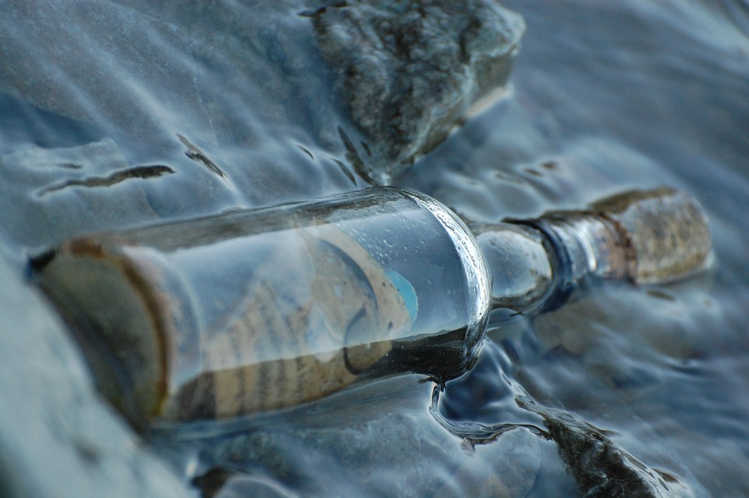
In a story that seems taken out of a Hollywood movie, an American family stranded at the top of a hidden waterfall in California, with no way to safely descend, managed to call for help by throwing a message in a bottle down into the waterfall. Curtis Whitson, his girlfriend, Krystal Ramirez, and their 13-year-old […]
Monet’s Pond – The Japanese Pond So Beautiful It Looks Like a Real-Life Monet Painting
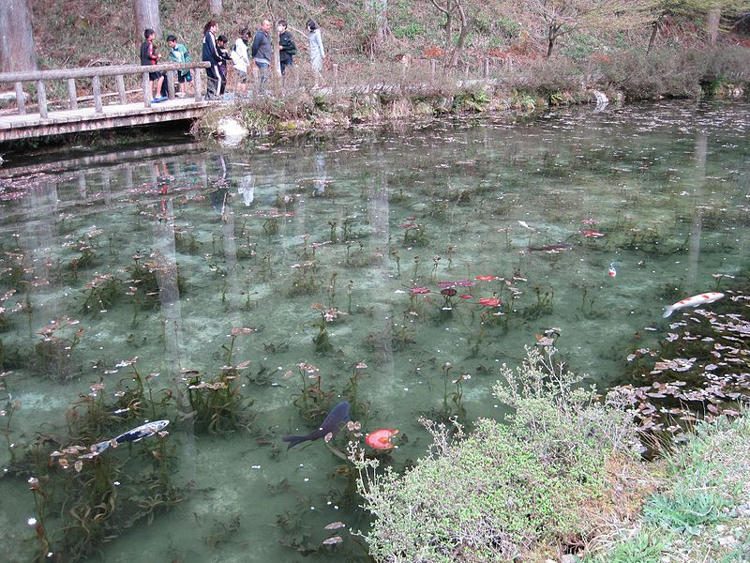
Up until four years ago, Monet’s Pond, a small body of water just outside Seki City, in Japan’s Gifu Prefecture, didn’t even have a name, but thanks to social media and a catchy nickname, it has become one of the most popular tourist destination in the Land of the Rising Sun. Before it became known […]
Japan Gets Its Very Own Whimsical Coloring Book Cafe

Tokyo’s Shin Obuko neighborhood recently became the home of what will undoubtedly become one of the most popular cafes in the Japanese capital – 2D Cafe, a place that lets you feel like you’re in a real-life illustration. Most likely inspired by the success of Cafe Yeonnam-dong 239-20, the Seoul-based cafe that went viral around […]
